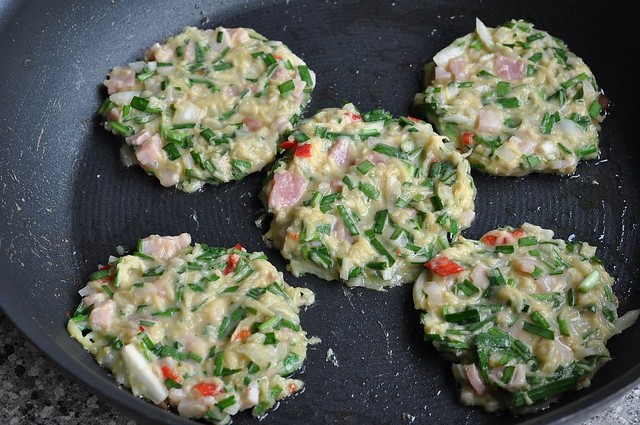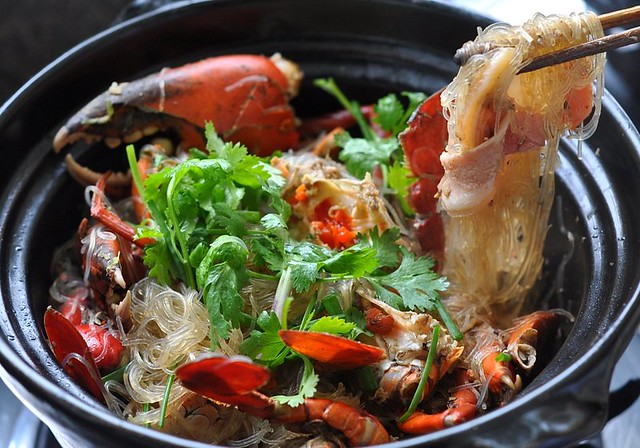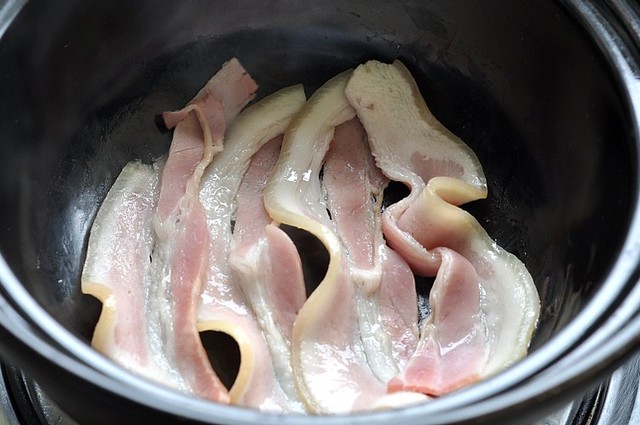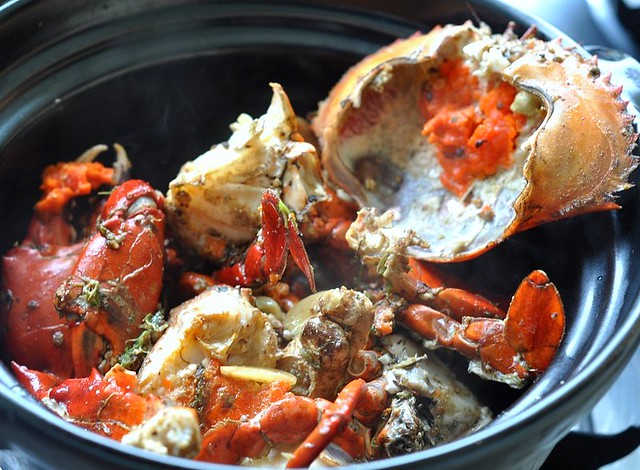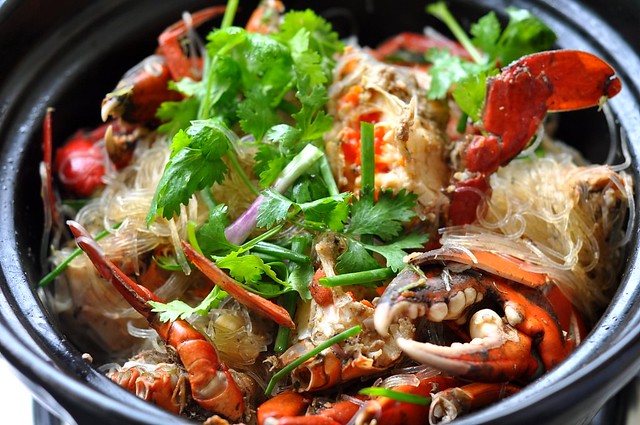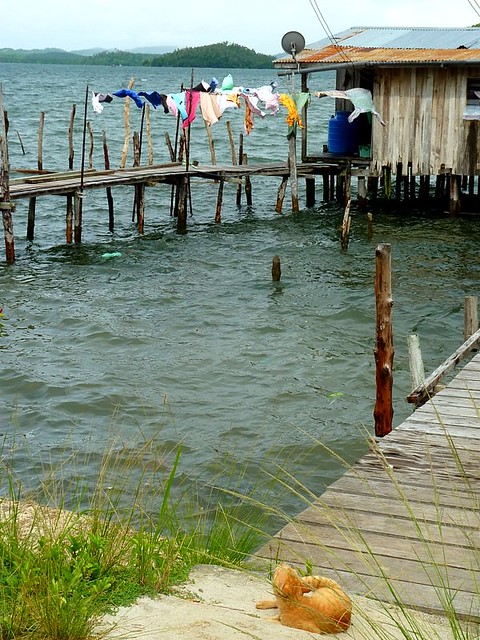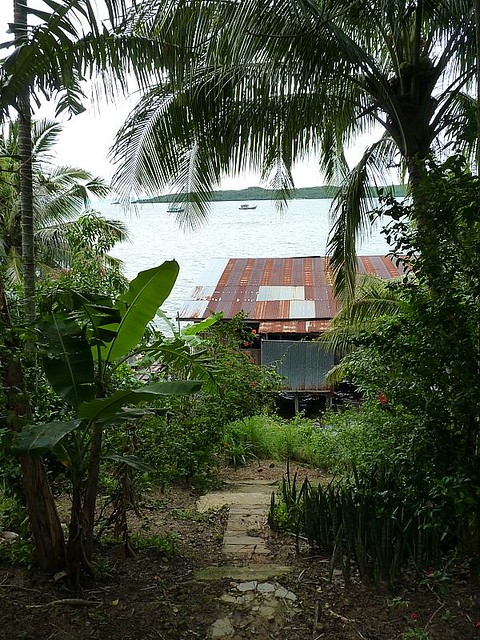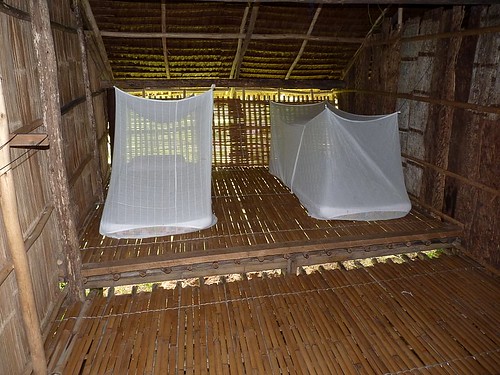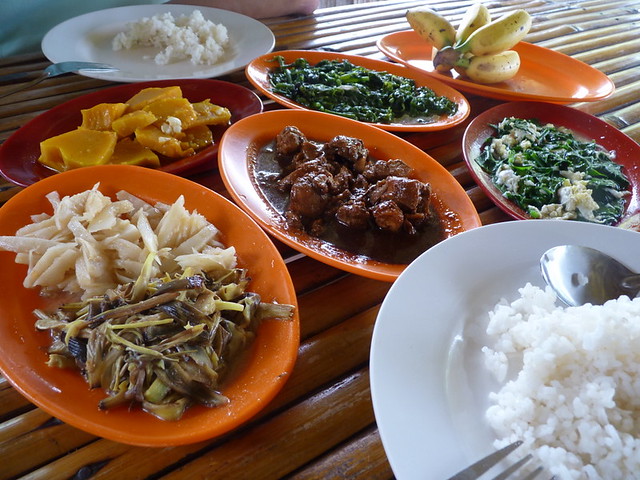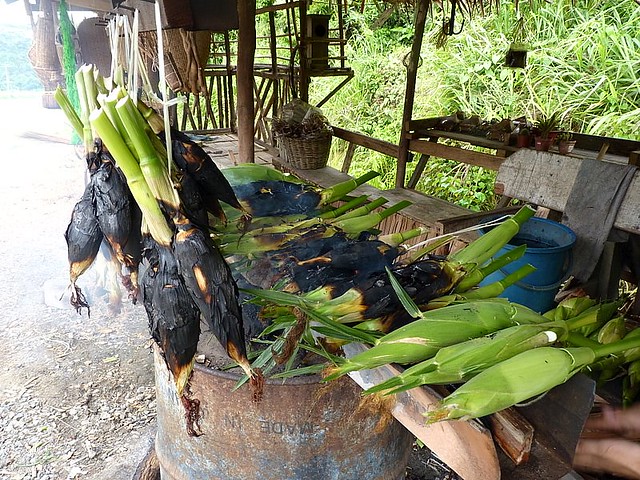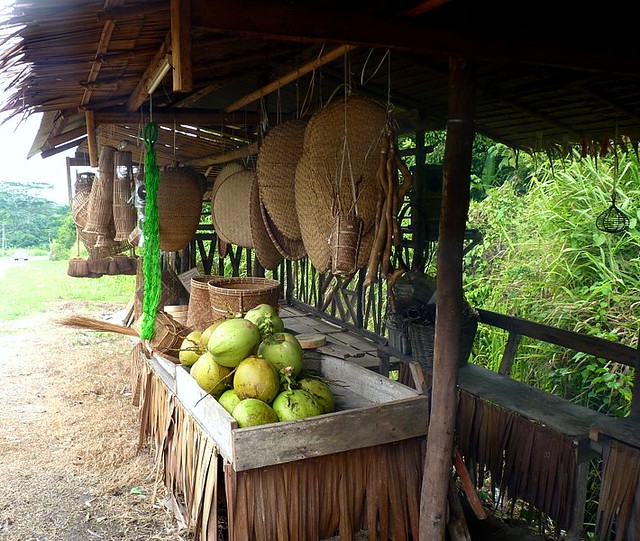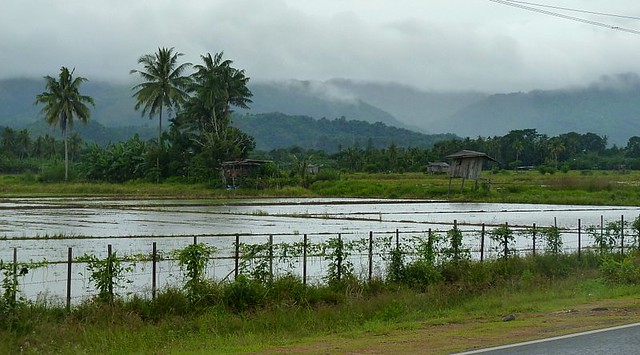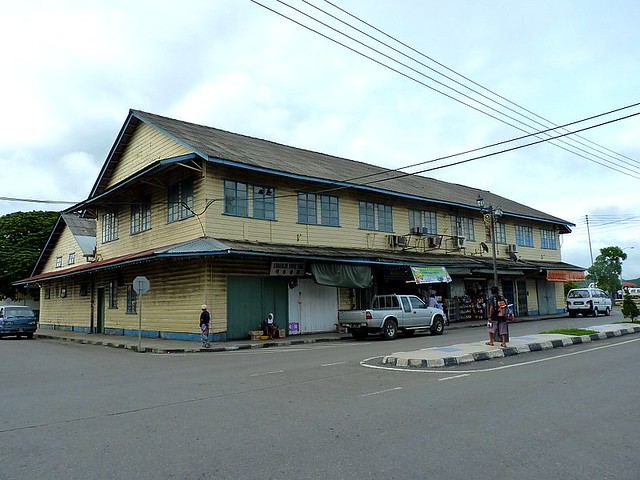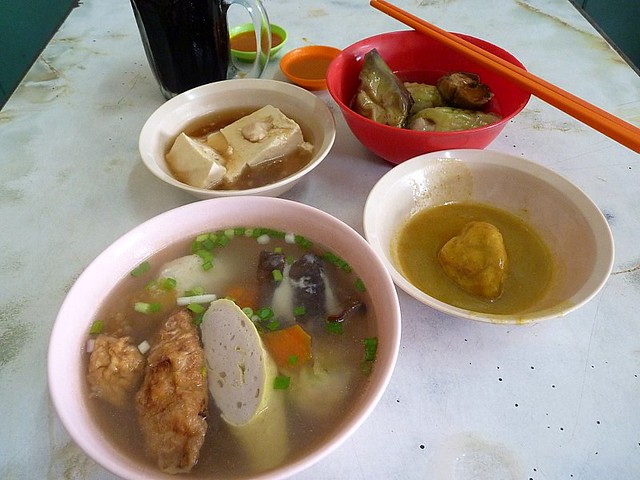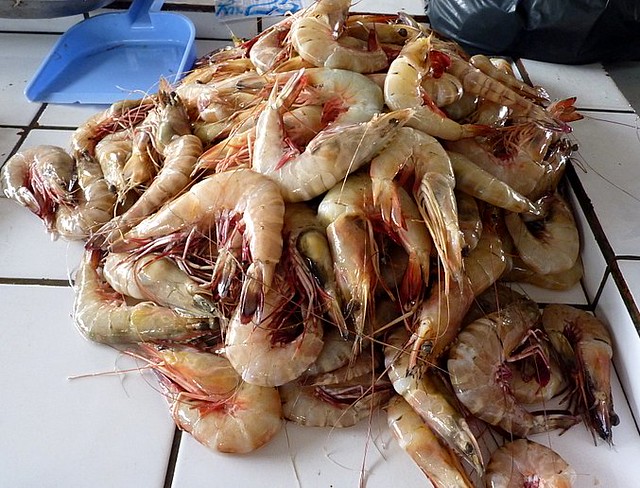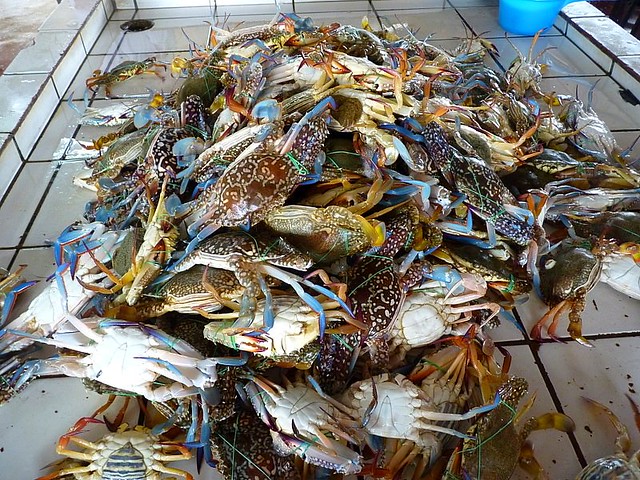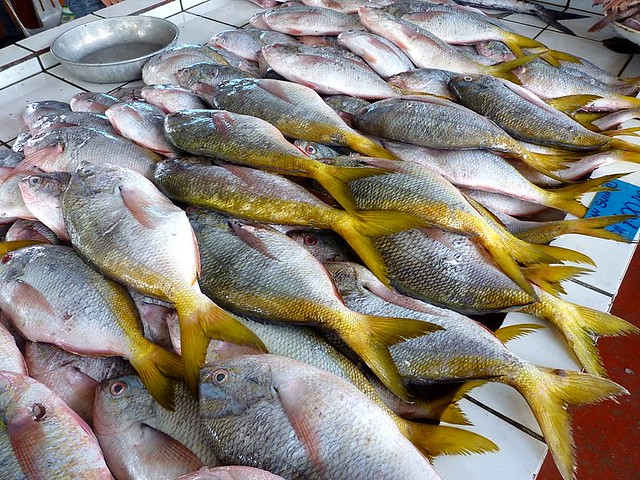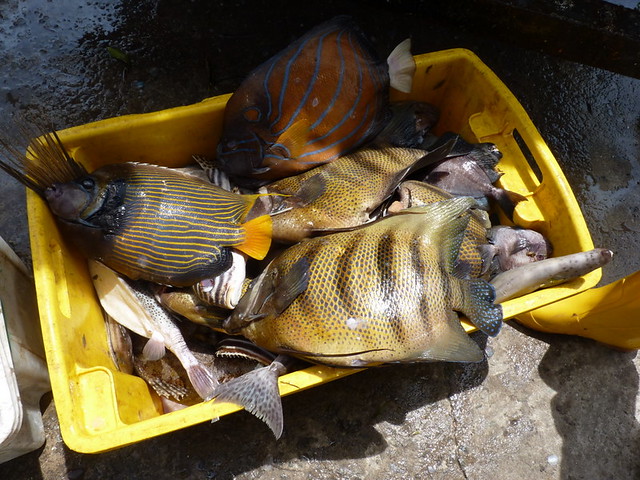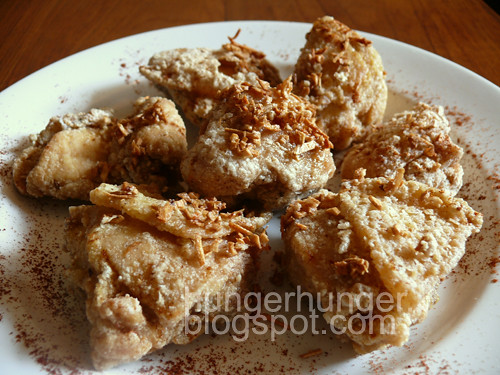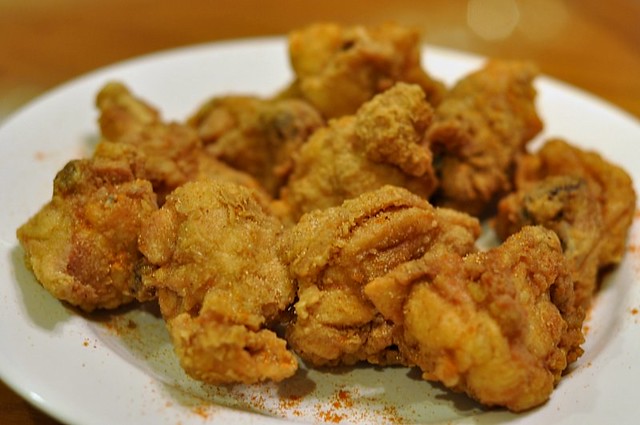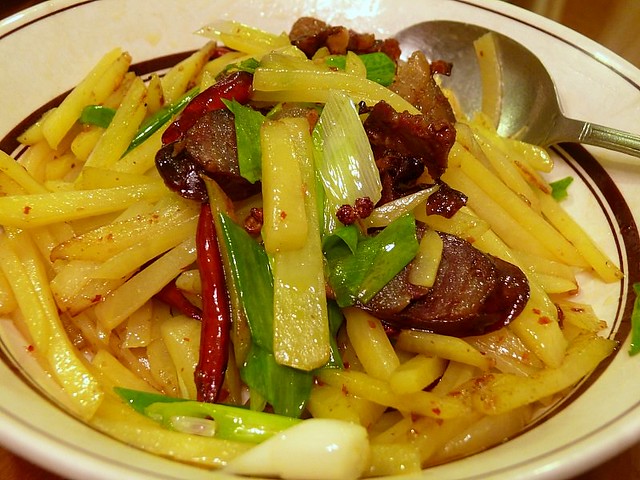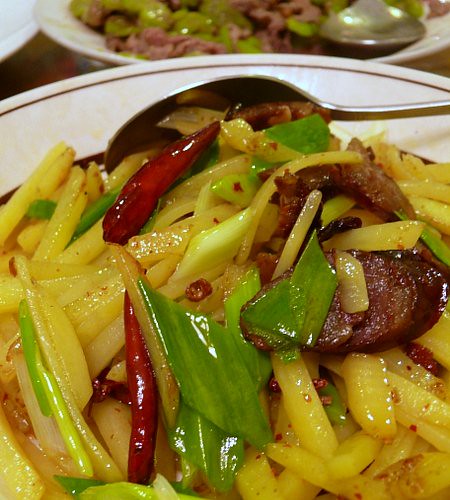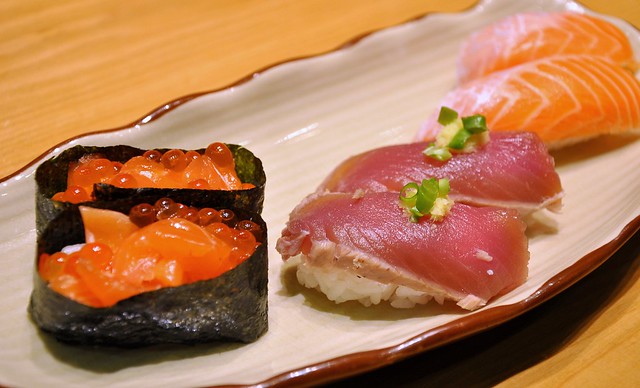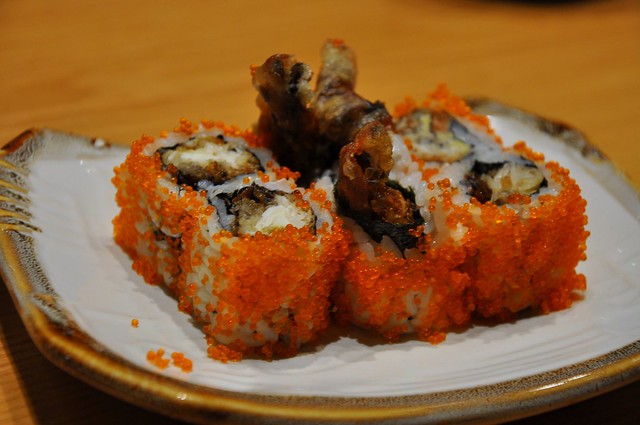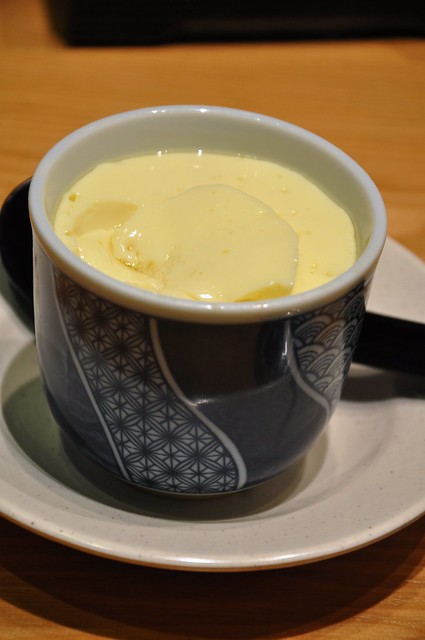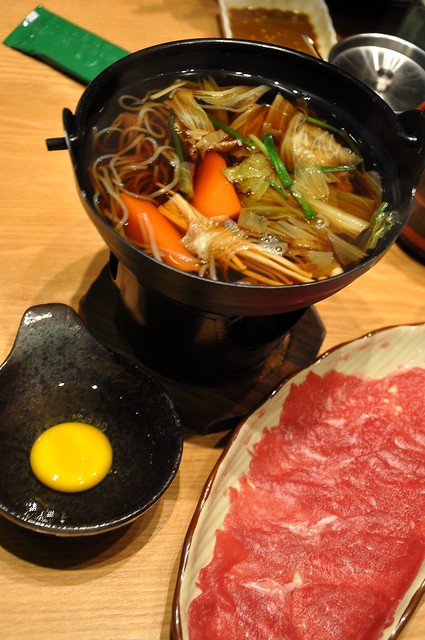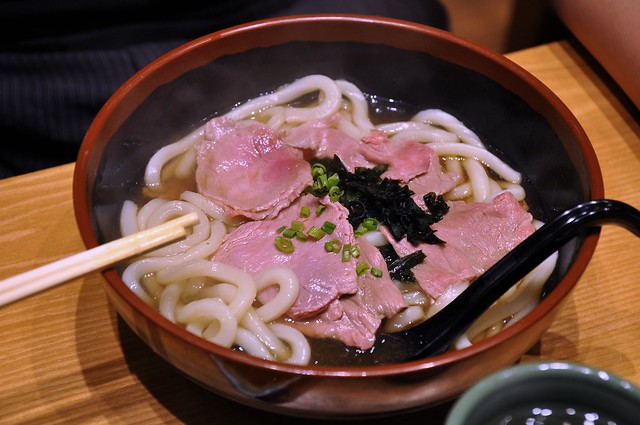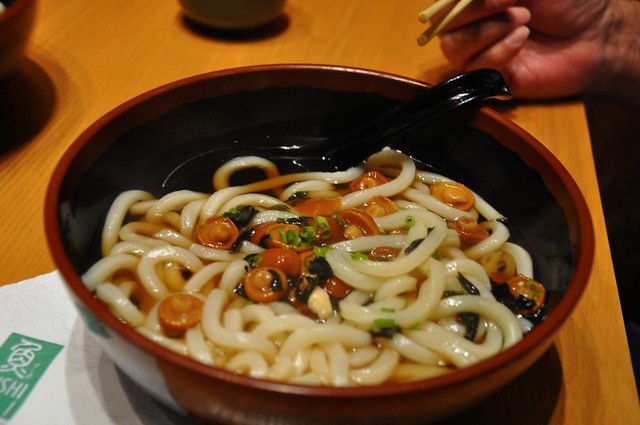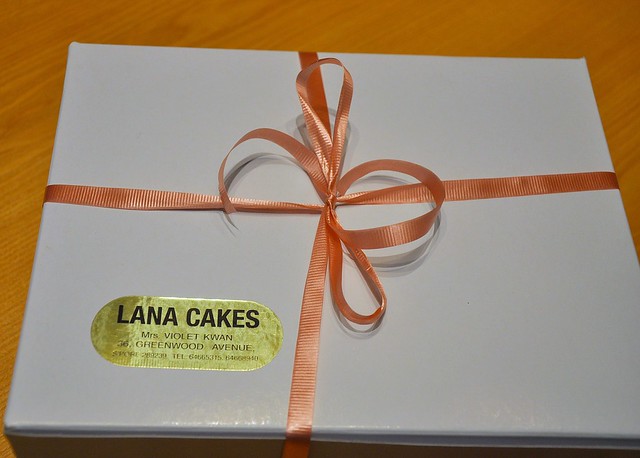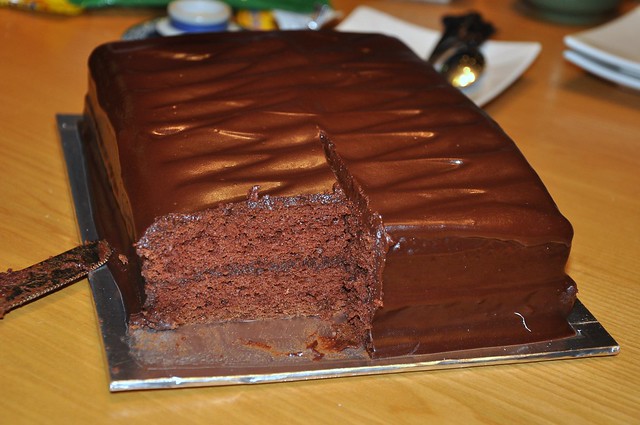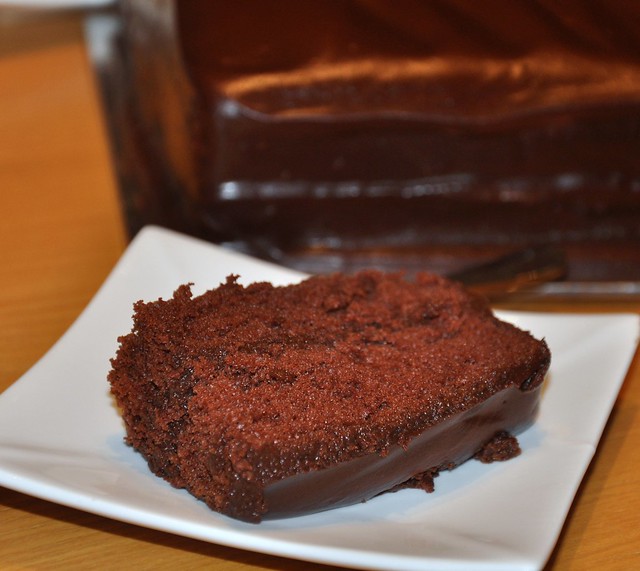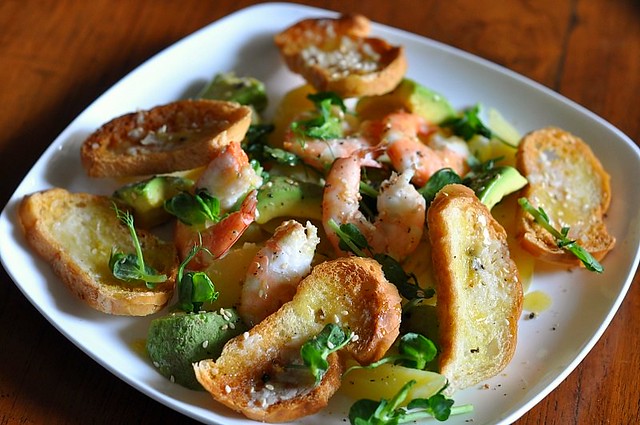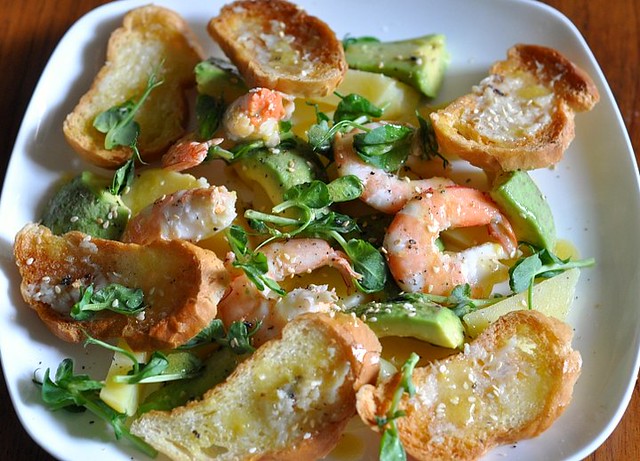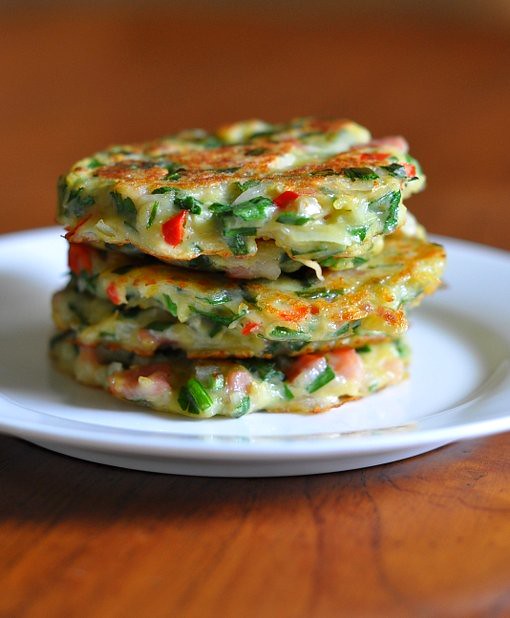
When I saw Lilyannette's gamja jeon or Korean potato pancakes, I knew I had to make them for breakfast asap. Breakfasts are testy meals in our home because Wey is always too sleepy/grumpy to eat. He prefers savory brekkies and since he eats in the car on the way to school (a not-so-uncommon practice here given the early start of school), I have to make sure the food doesn't spill easily.
I've only ever eaten and cooked pa jeon, a veg pancake with seafood that my Korean neighbor had taught me years ago. I love potatoes and a friend whose sons are six-footers has this theory that kids are taller when fed on potatoes so I'm desperately adding potatoes to my 16 year-old's diet. The truth is, I think, other than genes, easy eaters like my older son are tall because they eat everything and get a better range of nutrients. Anyway, I googled gamja jeon and stumbled upon a fantastic site for Korean recipes. Aeri's blog has very authentic Korean recipes and I like that like me, she posts what she cooks for her family. From what she has posted, you can make just about any kind of jeons so I used whatever I had in the fridge--bacon and leftover canned tuna. I added chives from my garden and half a chili and a couple of shiitake mushrooms that were drying up. Jeons are great for using up veggies and meat that you otherwise wouldn't know what to do with and also good for kids who otherwise won't eat veggies. It makes so much sense to feed my family savory pancakes stuffed with carbs, protein and vitamins than pancakes of carbs, sugar and fat (read: pancakes with maple syrup and butter--the Canadians won't be pleased). Really, if you think about it, a lot of sweet stuff like cakes and desserts are plain unhealthy food that makes us fat and sick. That's why I have stopped stocking my fridge with juices and sweet snacks and cakes are only for birthdays and special occasions.
Lilyannette's gamja jeons look light and crisp, almost like tempura. I didn't measure the ingredients and my gamja jeons didn't turn out as light but were still crisp outside and soft inside. And tasty. I think pancakes are versatile and you can test and try until you get the texture you like. For lighter pancakes, use less flour or use Korean pancake flour from Asian grocers. A bit more oil will make crispier pancakes. Be creative and throw in any veggie you have or like and come up with your own signature jeons. If making jeons for breakfast, you can cut the veggies and meat the night before. Grate potatoes when needed because they oxidize and brown easily.
Lilyannette's gamja jeons look light and crisp, almost like tempura. I didn't measure the ingredients and my gamja jeons didn't turn out as light but were still crisp outside and soft inside. And tasty. I think pancakes are versatile and you can test and try until you get the texture you like. For lighter pancakes, use less flour or use Korean pancake flour from Asian grocers. A bit more oil will make crispier pancakes. Be creative and throw in any veggie you have or like and come up with your own signature jeons. If making jeons for breakfast, you can cut the veggies and meat the night before. Grate potatoes when needed because they oxidize and brown easily.
Korean Potato Pancakes, Gamja Jeon
3/4 cup meat (bacon/tuna/crabsticks)
1 cup mixture of finely-cut veg such as carrots/chives/spring oions/bell peps/long beans/zucchini etc
2/3 cup onion, chopped finely
2 medium-sized potatoes (about 400 gm unpeeled), grated finely
1 red chili, thinly sliced
1 red chili, thinly sliced
1/2 cup plain flour (or Korean pancake flour, which makes lighter & crispier pancakes)
2 large eggs
1/8 t salt (or to taste but remember the dip is salty)
pinch of white or black pepper
Choganjang dip : 3 t light soy sauce and 1 t white rice vinegar but I like to substitute 1 teaspoon of the light soy sauce with dark soy sauce (Lee Kum Kee's) for a slightly sweetish taste.
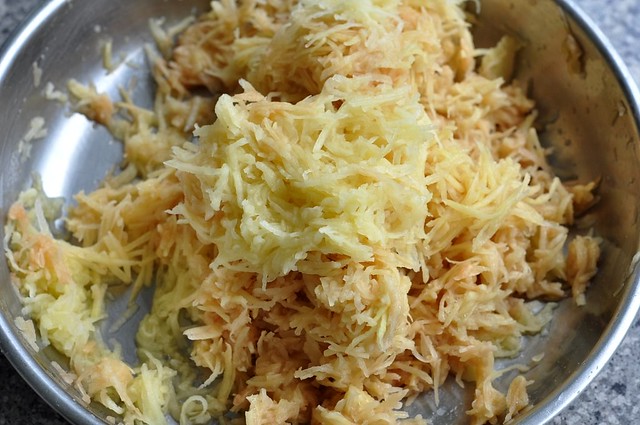
1. Grate the potatoes finely but not so fine that they turn mushy. I don't squeeze out the nutritious liquid.
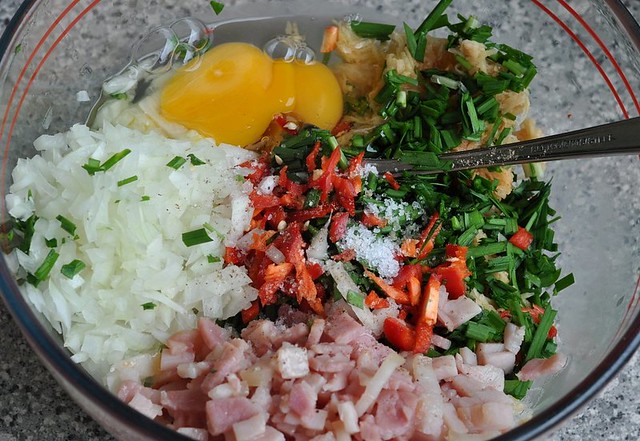
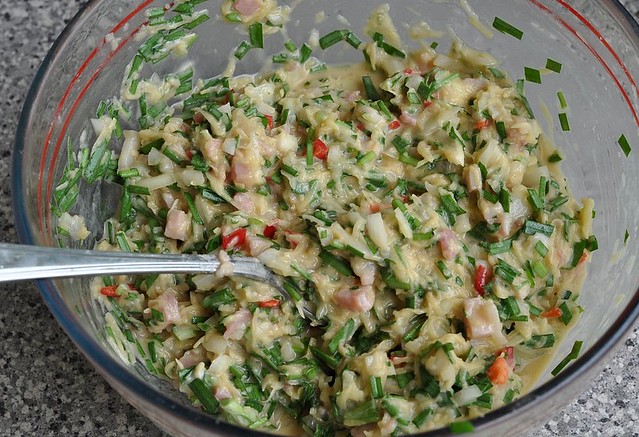
2. Mix everything together in a bowl. The batter should be very thick. If using bacon, fry it until fat is transparent or better still, until golden brown~btw, canned tuna tastes great but Wey prefers bacon~
2. Heat up a non-stick frying pan. Grease lightly (for crispy pancakes, use more oil) with veg oil. Drop a large spoonful of the batter and flatten it out into a circle about 10 cm/4" diameter for eating with your hands, smaller if serving with chopsticks. Another way is to make a big pancake (saves time) and cut into wedges. When the bottom side is golden brown, turn over.
3. Serve hot with the dip.

